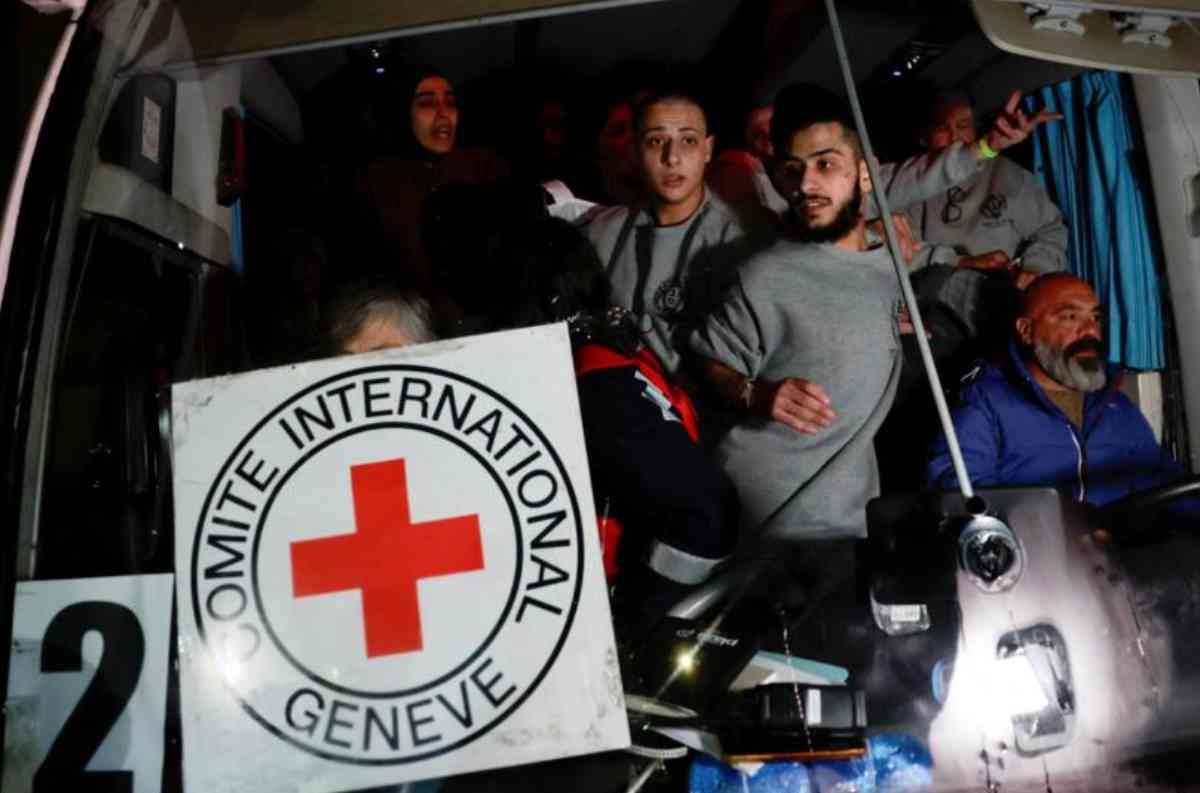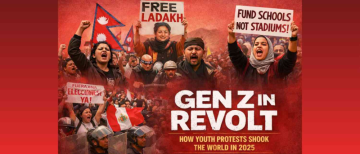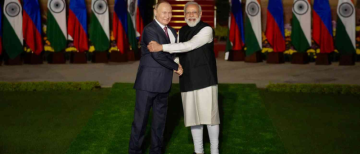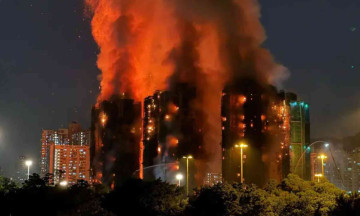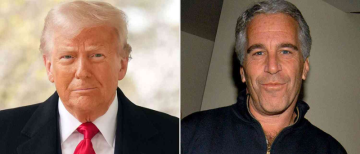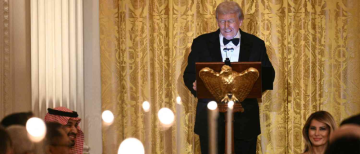A ceasefire agreement between Israel and Hamas finally came into effect on Sunday, following hours of delay and heightened tensions. The truce, intended to pause a brutal 15-month-long war, was announced after Hamas released the names of the first three Israeli hostages set to be freed. Israel confirmed the ceasefire began in Gaza at 11:15 am local time (09:15 GMT, 2:45 pm IST), nearly three hours later than initially scheduled due to last-minute decisions by Prime Minister Benjamin Netanyahu.
Delayed Implementation Amid Ongoing Violence
Before the ceasefire officially commenced, reports of continued violence surfaced, further complicating the situation. Gaza's civil defence agency accused Israeli forces of carrying out airstrikes and artillery attacks, resulting in casualties. Palestinian medical authorities confirmed the deaths of 13 individuals during the time frame when the ceasefire was originally scheduled to begin at 8:30 am local time and the actual implementation three hours later.



The Israeli military acknowledged it continued operations in Gaza during the delay, citing orders from Netanyahu. In a statement issued shortly before the original truce deadline, Netanyahu’s office clarified that the ceasefire would not commence until Israel had received the list of hostages to be released. This announcement underscored the fragility of the situation and the complex negotiations underpinning the agreement.
Hostage Release Delayed Due to "Technical Reasons"
Hamas attributed the delay in providing the list of hostages to "technical reasons" and the challenging "field situation" caused by ongoing Israeli bombings. Eventually, the names of three women—Romi Gonen, Doron Steinbrecher, and Emily Damari—were shared. A Palestinian official familiar with the negotiations revealed that mediators had requested a 48-hour calm period before implementing the ceasefire. However, sustained Israeli strikes made this difficult, further delaying the release of information.
After receiving the list, Israeli authorities confirmed they were reviewing the details before finally announcing the truce would begin at 11:15 am local time.
Ceasefire Agreement: A Ray of Hope Amid Devastation
The ceasefire offers a glimmer of hope for an end to the ongoing Gaza war, which erupted on October 7, 2023, following a deadly Hamas attack on Israel. The surprise assault resulted in the deaths of approximately 1,200 Israelis. In retaliation, Israel launched a massive military offensive, reducing large parts of Gaza to rubble and claiming the lives of nearly 47,000 Palestinians, according to Palestinian sources.
Beyond the immediate destruction, the conflict has had a seismic impact on the broader Middle East, intensifying hostilities between Israel and its long-standing adversary, Iran. Iran, a staunch supporter of Hamas, has also provided backing to other anti-Israeli groups, such as Hezbollah. The war's ripple effects have further destabilized the already volatile region, drawing global attention and calls for a resolution.
Mediators and the Three-Phase Ceasefire Deal
The ceasefire deal was brokered after months of intense negotiations involving Qatar, the United States, and Egypt. The agreement's first phase, lasting six weeks, includes the release of 33 hostages held by Hamas. These hostages include women, children, and elderly individuals, along with those who are ill or wounded. In exchange, Israel has agreed to release nearly 2,000 Palestinian prisoners, including 737 individuals convicted of attacks that claimed Israeli lives.
The first stage of the deal began with the release of three female hostages on Sunday, facilitated by the International Committee of the Red Cross (ICRC). In return, Israel plans to release 30 Palestinian prisoners for each hostage freed. The remaining stages of the ceasefire agreement are expected to unfold over the coming weeks, provided both parties adhere to the terms.
Hostage Transfer Process
Under the terms of the deal, Hamas was required to inform the ICRC of the designated meeting points within Gaza for the handover of hostages. The ICRC then transported the hostages to safety, ensuring their release was conducted as per the agreed terms. This meticulous process highlights the complex logistics involved in such high-stakes negotiations, with mediators playing a crucial role in ensuring compliance from both sides.
A War That Reshaped the Middle East
The Gaza war has left a lasting imprint on the Middle East. The October 2023 attack by Hamas, described as one of the deadliest in recent history, reignited long-standing tensions between Israel and its adversaries. For Israel, the conflict underscored the vulnerability of its security apparatus, while for Palestinians, it represented a tragic chapter of immense loss and devastation.
The war also thrust international mediators into the spotlight. Qatar, known for its connections with Hamas, played a pivotal role in facilitating dialogue. The United States and Egypt, both key players in the Middle East, provided diplomatic support, emphasizing the need for a peaceful resolution. These efforts culminated in the current ceasefire agreement, which, though fragile, offers a pathway to reducing hostilities.
Humanitarian Crisis in Gaza
The war has exacerbated an already dire humanitarian crisis in Gaza. Years of blockade and intermittent conflict have left the territory's infrastructure in ruins. The latest round of violence has worsened the situation, with thousands displaced and access to basic necessities like water, electricity, and medical care severely disrupted.
The international community has called for increased humanitarian aid to Gaza. Organisations like the United Nations and the Red Cross have urged both sides to prioritise civilian welfare, particularly during the ceasefire period. However, questions remain about the long-term viability of rebuilding Gaza, given the deep-seated political and military divisions.
Looking Ahead: Challenges and Opportunities
While the ceasefire offers a temporary respite, its success hinges on the commitment of both Israel and Hamas to honour the terms of the agreement. The release of hostages and prisoners is a positive step, but the underlying issues driving the conflict remain unresolved.
For Israel, the war has sparked political debates and scrutiny of Prime Minister Netanyahu's leadership. Critics have questioned his handling of the conflict and the long-term strategy for dealing with Hamas. Within Gaza, Hamas faces its own challenges, with growing frustration among Palestinians over the devastation and loss of life.

The international community has a critical role to play in ensuring the ceasefire leads to meaningful progress. Mediators must continue to engage both sides, addressing not only the immediate conflict but also the broader issues of occupation, security, and regional stability.
Conclusion
The Gaza ceasefire, while delayed and fraught with challenges, represents a crucial step towards halting a devastating conflict that has claimed thousands of lives and reshaped the Middle East's political landscape. The coming weeks will determine whether this truce can serve as a foundation for lasting peace or merely a brief pause in an ongoing cycle of violence. For now, the focus remains on the release of hostages, the welfare of civilians, and the hope that dialogue can prevail over destruction.
With inputs from agencies
Image Source: Multiple agencies
© Copyright 2024. All Rights Reserved Powered by Vygr Media.

